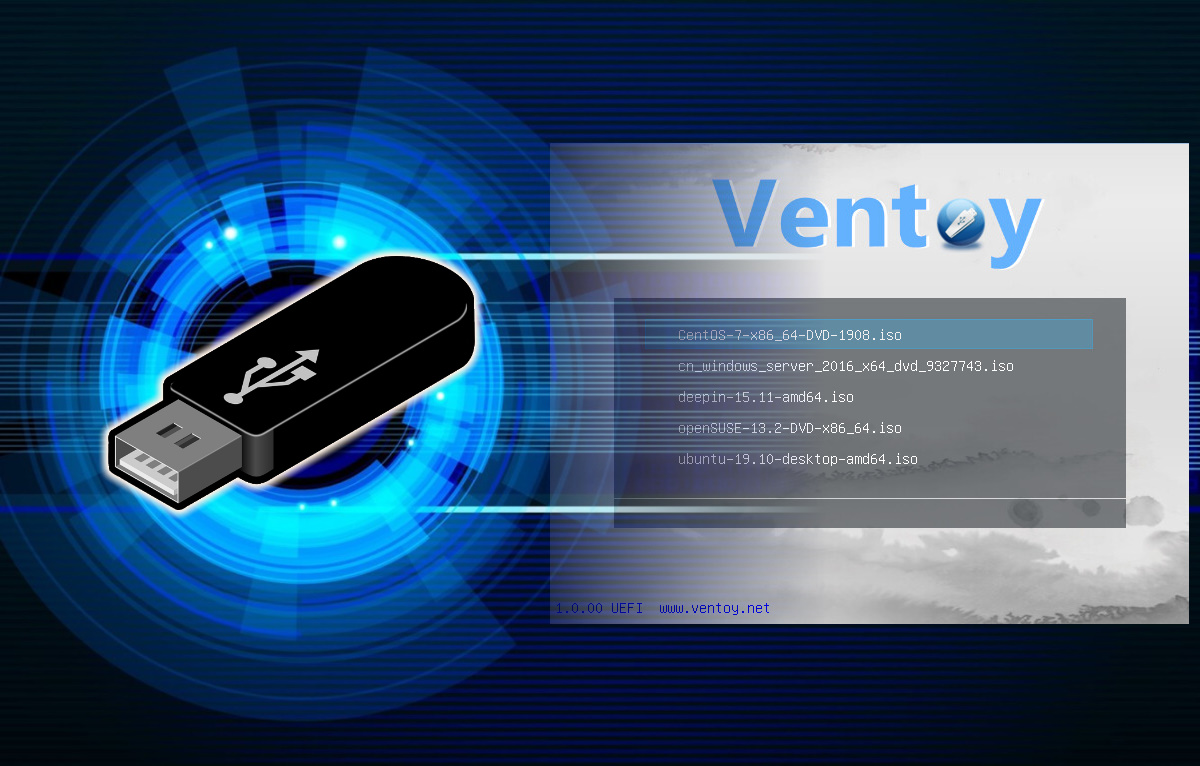

First up, are any of these devices currently working with an existing OS install? If so, can we use that one for our tests? Also, are the drives you're booting using GPT for their partition table (as opposed to MBR,) they'll need to be for UEFI, MBR is for legacy boot modes, GPT is the newer standard for UEFI booting. Ok, I think we need to narrow the scope to figure out the problem then, we've got far too many variables. It is not Dell specific, but I have tried it on a Dell Precision desktop as well as a Intel 11th gen NUC. I am actually having the same issue on a couple different machines.

I see this is in the Dell Hardware section, but I didn't see a model number when I did a quick skim through the posts here, what kind of machine are we working with here? though if it was RAID vs AHCI, the Ubuntu installer usually warns you about that, assuming it's a relatively new one.

Is there a definitive article with clear directions on how to create a bootable Windows 10/11 UEFI boot disk that actually works.Ī number of thoughts. I have read countless articles and they all say pretty much the same thing and everything I am doing seems right. They either flash a black screen and go back to the menu, or give me a UEFI error like "Start Failure : No mapping", or "no bootable device found". I can get a computer to boot up the Yumi boot menu in UEFI, but no matter what I do, I cannot get the Windows installer to boot on any computer I have, Dell or Intel. I have turned off secure boot, I have tried editing the UEFI boot menu. I have tried installing the OS onto a different Dell computer and transferring the drive back. I have tried creating disk using Rufus, Yumi, Yumi-UEFI, Unetbootin, Windows 10 Media creation tool, Windows 11 Media creation tool, and manually formatting and copying files to both Fat32 and NTFS formatted usb drives. I have an Intel NUC 11 with no legacy boot option. I have been working on this for a week now with no success.


 0 kommentar(er)
0 kommentar(er)
